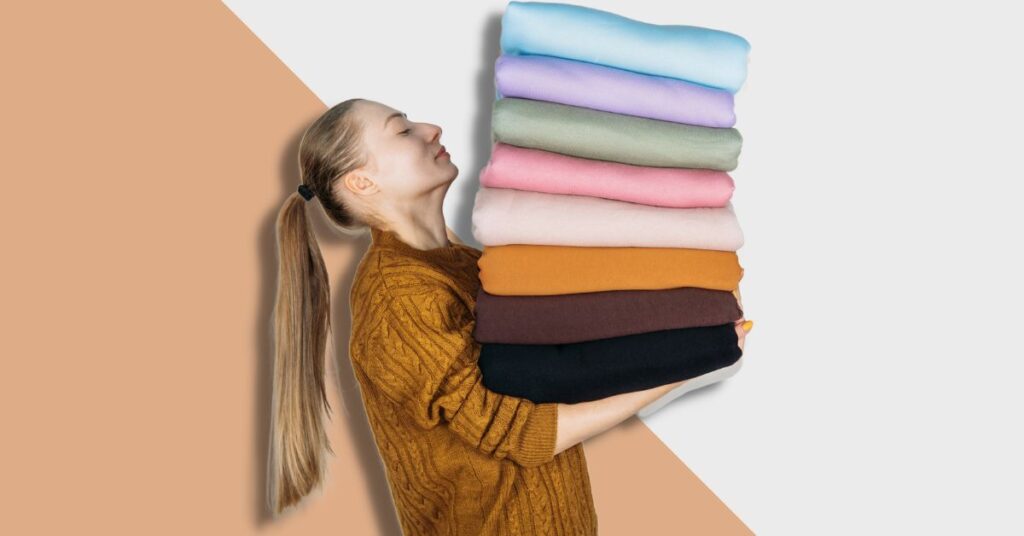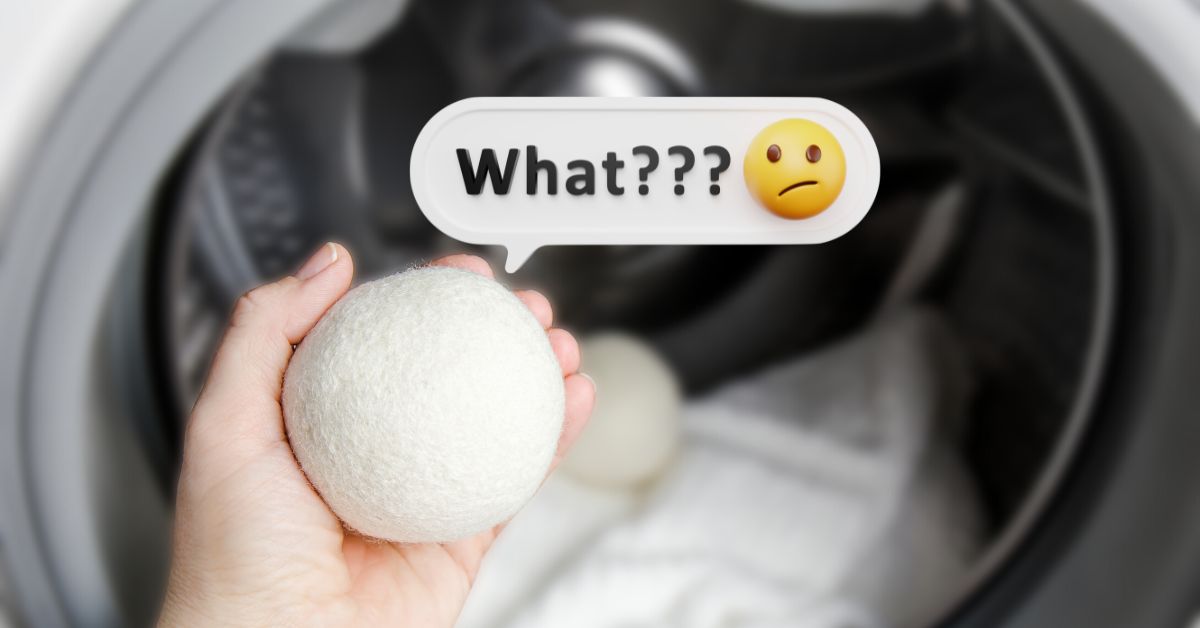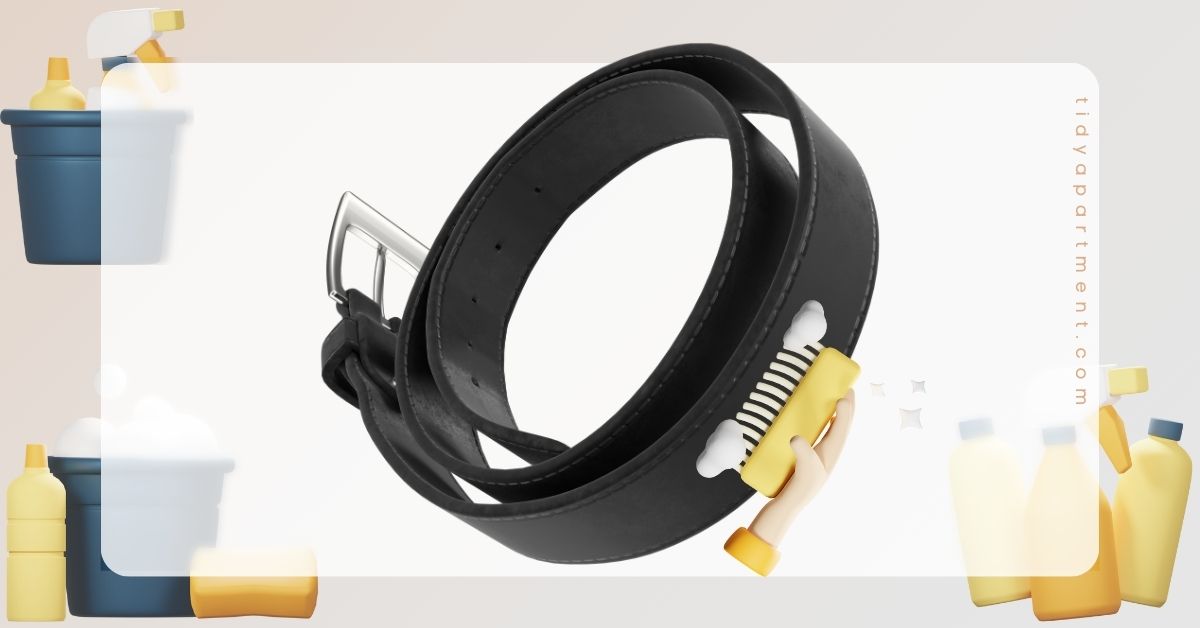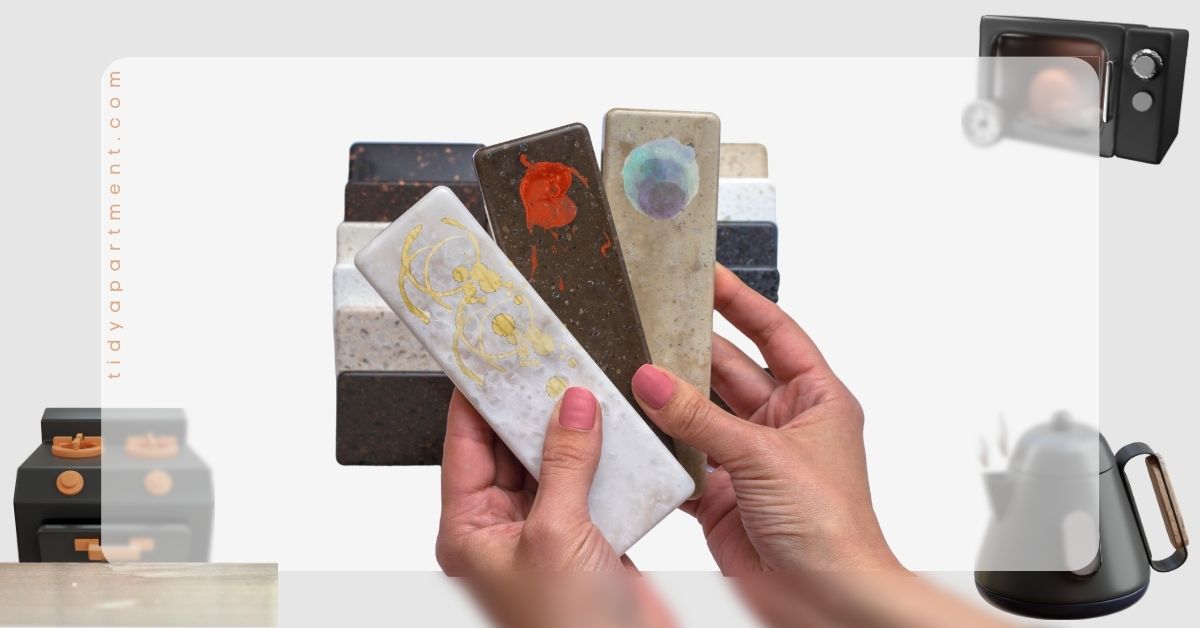You can find fantastic deals while shopping at a thrifting store. You don’t just save money but also protect the environment by reducing the carbon footprint.
Have you also thought about how newly trifted clothes might not be as clean as you think? As thrifted garments have been worn by someone, they may contain germs, bacteria, sweat, and harmful chemicals. Before putting on clothes or putting them in your cupboard, you need to clean them properly. If you’re wondering, “How to wash thrifted clothes?” we have the solution for you.
However, before getting into the specific ways of washing clothes from secondhand or thrifted stores, there are some crucial points that you need to know.
Page Content
Crucial Things to Know Before Washing Thrifted Clothes
1. Check The Type of The Fabric
Clothes may be made from various materials. Fabrics may be found in a wide variety, including natural fibers like cotton and linen, luxurious silk, and manufactured materials. Fabrics such as velvet, chiffon, satin, leather, and so on are among the others. Because what works for cotton doesn’t work for leather.
Both machine and hand washing are suitable for cotton and synthetic materials. Linens are best washed with similar colors but turned inside out. Although silk is a delicate fabric, it may be machine-washed, provided it is first placed in a washing bag to protect it from snagging.
If you’re wondering how to wash a thrifted leather jacket, then you must read: How to Clean Thrifted Leather Jacket
2. Use the Right Laundry Detergent
Using suitable detergent while washing your clothes is vital to avoid damaging them. Linen, chiffon, satin, and silk clothes should be washed in a gentle, preferably eco-friendly detergent. As a result, the fabric’s quality and longevity are both safeguarded.
Polyester and other synthetic materials can be washed in a standard laundry detergent.
Using a gentle laundry detergent for woolen thrifted clothes is recommended.
Related: Can you use detergent after the expiry date?
3. Different Drying Methods
The best way to dry your clothes depends on the cloth’s material. You can hang them up to dry or put them in a dryer. Also, it would help if you were careful where you hang clothes to dry.
Some clothes must be dried on a rack, flat, or in a line. For example, you should turn your sheets on a clothesline. Also, spread a wool or silk garment out flat to dry to keep it from getting damaged.
4. The Iron Setting For Thrifted Clothes
Use the correct temperature for different fabric materials. Certain fabrics used to make clothes are readily harmed by heat, while others need high temperatures to remove creases effectively.
It is OK to iron items made of cotton and linen at a high temperature, but you should avoid ironing silk at a high temperature.
Don’t know the right temperature to iron your clothes? If yes, you must read: Iron temperature settings for different fabrics.
5. Follow Wash Instruction Labels
Have you ever destroyed an item of clothing by accident and then realized that you should have paid more attention to the instructions on the label? Everyone has been there.
To keep the fabric’s quality and ensure it lasts, you should always follow the labels. It’s easy to figure out what they mean. Even though some tags may only have symbols, most will say things like “dry clean only,” “do not bleach,” or “hand wash only.”
Not all clothes from thrift stores still have their labels, which is a shame. Some tags may have been taken away or no longer be readable.
Don’t be afraid to go with your gut feeling about how to wash clothes from thrift stores. Also, remember that clothes made 20 years ago are made of different materials and should be cleaned more carefully than clothes made today. Many vintage clothes can only be cleaned by dry cleaning, so if the label says so, you should do that.
Based on the instructions on the tag and after figuring out which cleaning method is best for each piece, you can now start washing clothes from a thrift store.
Are you wondering can dry clean shrink clothes? If yes, then you must read: Does Dry Cleaning Shrink Clothes?
How to Clean Thrifted Clothes?
To maintain proper hygiene, you need to clean your newly thrifted clothes. It is advised to use warm water to wash thrifted clothes. Use gentle laundry detergent and you can use vinegar or baking soda to remove odor.
After much research and personal experience, we’ve created a guide to washing thrifted garments.
1. Machine Wash
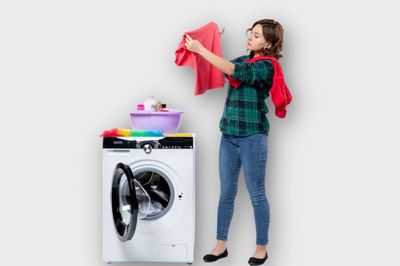
Even if the clothes are tough and can be washed, you still need to sort them by color. It’s best to use hot water when you put them in the machine to kill any germs.
For the best results, dry them at the highest temperature possible. This will kill any unwanted microorganisms, such as bugs and their eggs.
2. Hand Wash
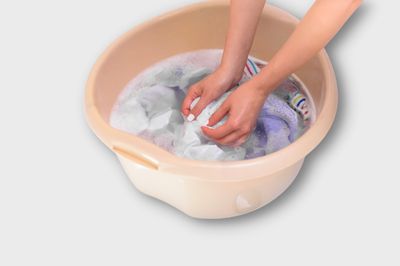
This method is appropriate for washing delicate fabrics and other items that specify “hand wash only” on their care labels. Carefully wash them with a detergent or soap that kills germs, such as one that is antibacterial.
If you have the opportunity, you should dry them by hanging them in the sun’s heat, which is also regarded as a non-toxic disinfectant.
3. Dry Clean
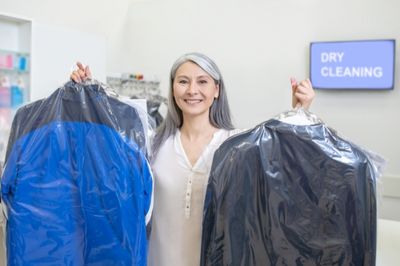
If the item says it should only be dry cleaned, it might not be worth the money. But some clothes that say “dry clean only” can still be washed by hand. Any item with structure, like a coat or suit jacket, should be dry cleaned instead of washed at home.
If the item needs to be dry cleaned and there are stains on it, show the dry cleaner the stains and tell them you don’t know what caused them. Most cleaners can quickly tell if the stain can be removed.
Wondering how to wash your newly thrifted shoes, then you must read: How to Clean Thrifted Shoes
How to Remove Smell From Thrift Clothes?
Thrifted clothes are once used by someone, so they can smell bad if not washed properly.
1. Baking Soda

If you sprinkle baking soda on your dirty clothing, wait a few hours, and then wash them, your garments will come out of the wash smelling clean and fresh. You can leave the powder on the clothing until it is time to wash them.
2. Vinegar
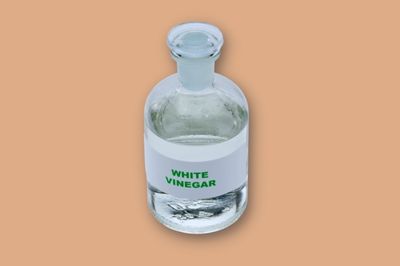
Add 1/2 cup of vinegar to your laundry’s rinse cycle, or switch out your detergent for vinegar and wash as usual (at any water temperature). If you use it instead of detergent, 1/2 cup is still acceptable for small loads, but for larger loads, you should use 1 cup. Vinegar will not only eliminate smells and freshen clothes but also soften them naturally and won’t leave any residue.
Just make sure to use white vinegar that has been distilled (the clear kind, as opposed to apple cider vinegar which is a light brown and could stain). This method is excellent for both strong and fragile fabrics. Use about 1 or 2 tablespoons when you wash delicates by hand.
Related: Will Vinegar Bleach Black Clothes
- Should Thrift clothes be washed separately?
It is advised to wash the thrifted clothes separately to remove all the germs and bacteria. You may usually see some dye transfer and color bleeding from the clothes.
- Does vinegar disinfect laundry?
White vinegar is a great way to clean surfaces, and laundry is no different. It has acetic acid, which kills viruses and bacteria. White vinegar can also kill germs and get rid of bad smells.
Conclusion
It’s not as complicated as cleaning clothes from a thrift store seems. If you follow the instructions on the care label, you won’t have to worry about the clothes getting ruined. Before cleaning, you should sort the colors so they don’t run into each other.
Also, before you buy one, do a lot of research on the best laundry detergent.
